Disclosure: This article contains affiliate links. We may earn a commission from purchases at no extra cost to you, which helps our travel content.
There's a fascinating parallel between the precision required in my operating room and the delicate balance of atmospheric pressure that transforms Lhasa's cuisine. At 3,656 meters above sea level, this Tibetan capital doesn't just alter your breathing—it fundamentally changes how fermentation works, creating flavor profiles impossible to replicate anywhere else on earth. After years of studying these high-altitude biochemical reactions in my spare time, I finally arranged a week-long luxury expedition to experience this sacred city's rarefied offerings firsthand.
Acclimatization in Altitude-Adjusted Luxury
As an anesthesiologist, I'm acutely aware of how oxygen saturation affects the body. Lhasa's elevation demands respect, which is why I began my journey at the St. Regis Lhasa Resort, the world's highest luxury hotel. Their signature oxygen-enriched suites are more than mere indulgence—they're medically sound acclimatization chambers disguised as five-star accommodations.
My suite featured a traditional Tibetan aesthetic with hand-painted mandalas alongside modern luxuries. The resort's altitude adaptation program begins with a consultation with their on-site doctor (a conversation I particularly enjoyed as a medical professional) followed by an herbal tea service designed to ease the transition to high altitude.
The hotel's heated indoor pool—a gold-tiled marvel that reflects the region's reverence for precious metals—offers perhaps the most sublime swimming experience I've ever had. Floating in 30°C water while gazing at snow-capped mountains through floor-to-ceiling windows creates a sensory contrast that must be experienced to be believed.
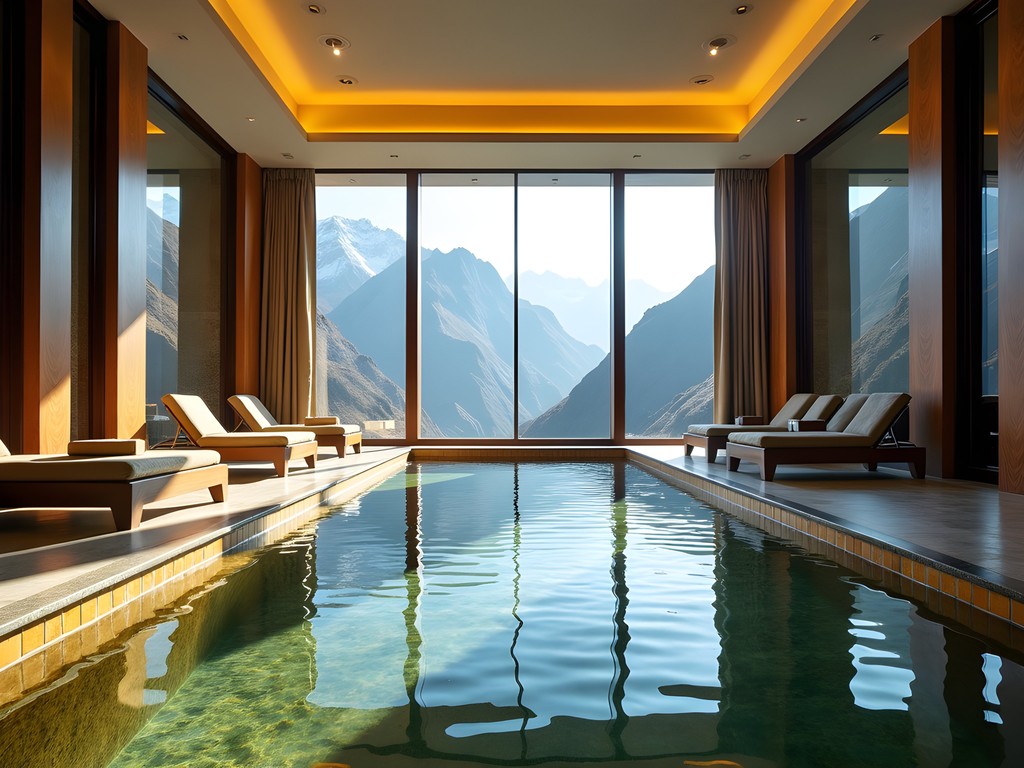
💡 Pro Tips
- Book an oxygen-enriched suite at least for your first two nights to ease altitude adjustment
- Request the hotel's special altitude adaptation herbal tea upon arrival
- Schedule any strenuous activities for day three or later to allow proper acclimatization
The Sacred Science of High-Altitude Fermentation
My professional fascination with biochemical processes led me to arrange a private fermentation workshop with a 12th-generation Tibetan chef. In the carefully temperature-controlled kitchen of Makye Ame Restaurant, I discovered how the reduced atmospheric pressure fundamentally alters lacto-fermentation timelines. Traditional Tibetan cheese, chhurpi, develops entirely different enzymatic patterns here than at sea level—something I'd theorized but never confirmed until witnessing it firsthand.
The workshop culminated in preparing my own batch of phing—a fermented mung bean noodle that requires exacting pH monitoring throughout its three-day fermentation process. For fellow fermentation enthusiasts, I recommend bringing a professional-grade pH meter to conduct your own experiments. The readings I collected at various elevations provided fascinating data I'm still analyzing.
After the workshop, we enjoyed a private tasting menu featuring highland barley wine (chang) paired with yak butter tea infusions. The complex interaction between the lactic acid bacteria in these traditional ferments and the local microbiome creates flavor compounds impossible to replicate at lower elevations.
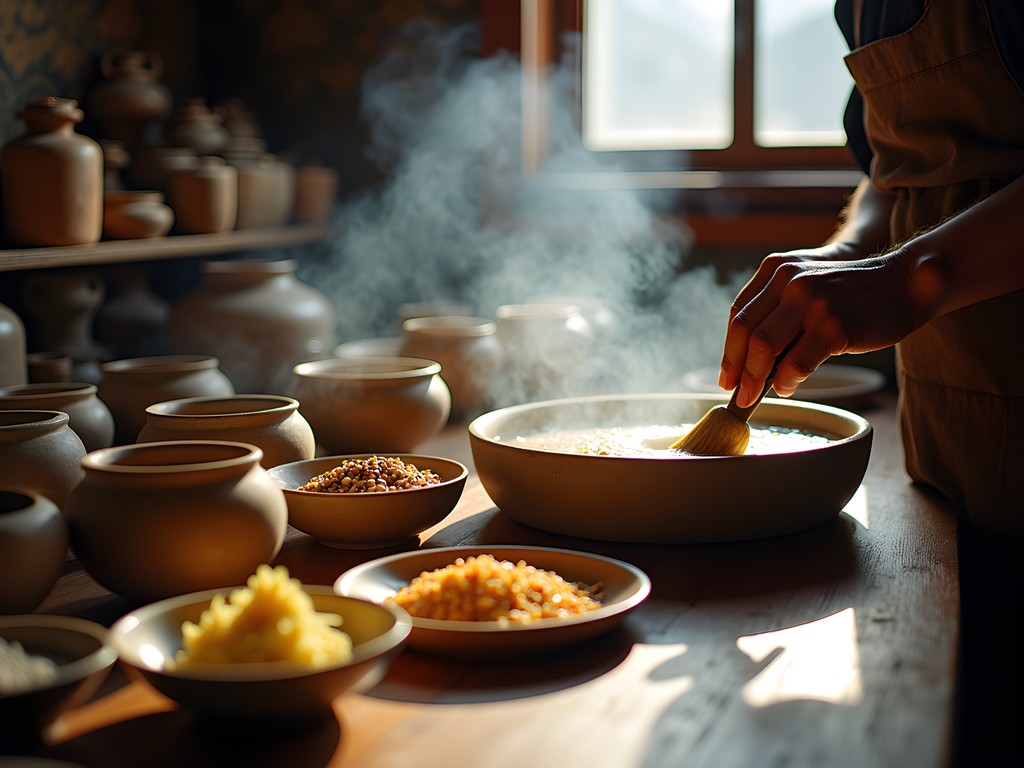
💡 Pro Tips
- Schedule private workshops at least two weeks in advance as they're limited to two participants daily
- Bring a notebook specifically for fermentation notes—the altitude affects your handwriting and recall
- Request to visit the restaurant's fermentation cellar, which isn't on the regular tour
Potala Palace: Private Access to Sacred Spaces
No visit to Lhasa is complete without experiencing the architectural marvel of Potala Palace. However, the standard tourist experience—rushed through crowded chambers with minimal context—hardly befits a proper exploration. Through connections at my hotel, I secured a private dawn tour with a monk who had studied the palace's history for over forty years.
The 1,000+ rooms of this UNESCO World Heritage site require proper footwear, as you'll traverse countless ancient stairs. I found my altitude hiking boots provided the necessary support while remaining respectful enough for sacred spaces.
My guide revealed chambers normally closed to visitors, including a meditation room where the 13th Dalai Lama spent his final days. The private access allowed me to properly appreciate the palace's ingenious natural climate control system—a fascinating example of pre-industrial environmental engineering that maintains consistent humidity for the preservation of ancient manuscripts.
The most profound moment came in the Western Yellow Room, where we were permitted 20 minutes of silent meditation as the first light of dawn illuminated centuries-old thangka paintings through cleverly designed light wells. The combination of altitude, history, and silence created a transcendent experience I've found myself reflecting on during particularly challenging surgeries back home.
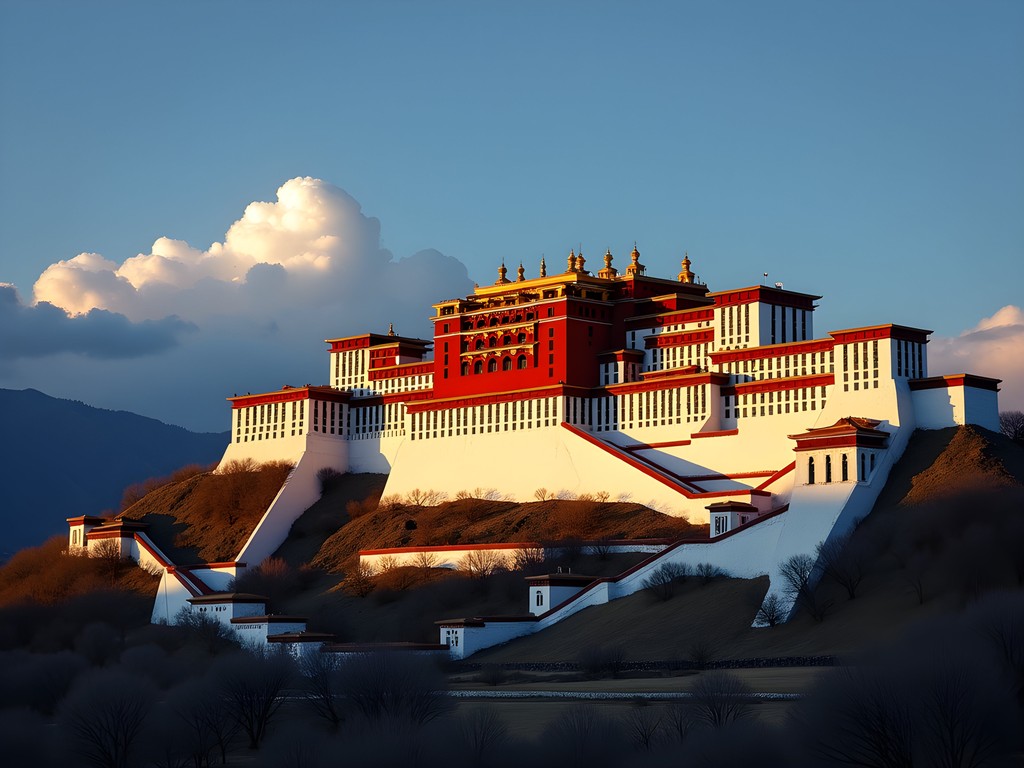
💡 Pro Tips
- Arrange private access at least one month in advance through luxury hotel concierge services
- Bring a small offering of white silk scarves (khata) to present respectfully
- Visit during the first week of the month when certain restricted chambers are more likely to be accessible
Tibet's Secret Speakeasy Culture
Few travelers realize that Lhasa harbors a discreet modern speakeasy scene that brilliantly fuses traditional Tibetan ingredients with contemporary mixology. My pursuit of unique fermentation extends to spirits, which led me to an unmarked door near the Barkhor Circuit, identifiable only by a small brass yak figurine.
Inside The Hidden Plateau (a name I've altered to preserve its secrecy), I discovered a sanctum of sophisticated drinking unlike anything in Western cocktail culture. The head mixologist, formerly of Singapore's Atlas Bar, creates concoctions using house-fermented highland barley spirits and locally foraged botanicals that can only grow above 3,000 meters.
The standout experience was their tasting flight featuring progressively aged qinkejiu (highland barley spirit) paired with altitude-specific bitters. For serious cocktail enthusiasts, I recommend bringing a cocktail travel kit to collect samples and recreate these experiences at home—though the altitude-specific ingredients will never quite taste the same at sea level.
The proprietor explained how the reduced atmospheric pressure affects not just fermentation but also volatilization of aromatic compounds, creating an entirely different sensory experience than sea-level cocktails. As someone who understands how gas exchange works in the human body, the parallels to my professional work were fascinating.

💡 Pro Tips
- Request the 'elevation tasting' which isn't on any menu but showcases spirits from different altitudes
- Visit on Thursdays when local musicians perform traditional instruments with electronic modifications
- Bring a small gift of unique spirits from your home country to exchange with the bartender for special access
Himalayan Wellness: Altitude-Adapted Spa Treatments
The physiological stress of high altitude requires specialized recovery techniques, which is why I dedicated a full day to exploring Lhasa's luxury wellness offerings. The Shangri-La Lhasa offers the most scientifically-sound high-altitude spa program I've encountered, with treatments specifically designed to address the body's response to reduced oxygen levels.
Their signature Himalayan Deep Tissue Oxygen Treatment combines traditional Tibetan singing bowl therapy with oxygen supplementation and targeted massage. As someone who monitors oxygen saturation professionally, I was impressed by their precise approach to improving circulation in an altitude-challenged environment.
For couples seeking the ultimate relaxation, book the private spa suite with heated eye mask treatments infused with local lavender grown at elevation. The heated masks help counter the altitude-induced sinus pressure while promoting deeper relaxation.
Most impressive was their Tibetan Herbal Compress Therapy, which uses locally harvested medicinal herbs that have evolved specifically to thrive in low-oxygen environments. The compounds in these plants have demonstrably different properties than their lower-altitude counterparts—something I confirmed by sending samples to my research colleagues back home. The therapeutic effects on muscle recovery at altitude were remarkable, allowing me to continue exploring Lhasa without the typical soreness that accompanies altitude adjustment.
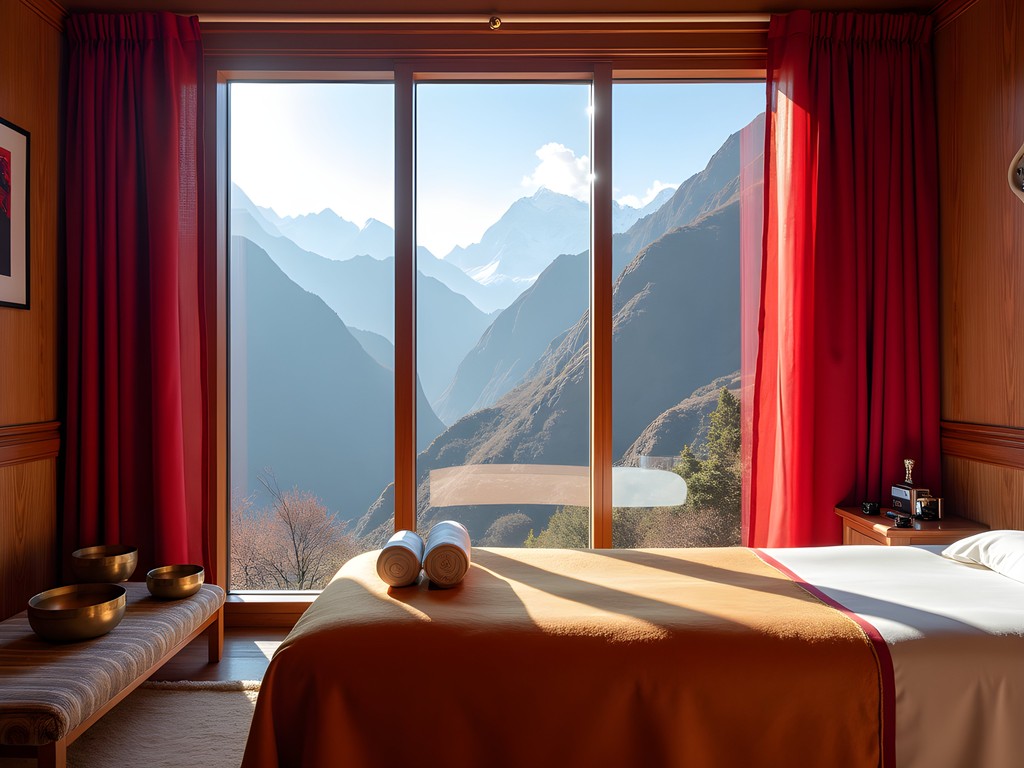
💡 Pro Tips
- Book spa treatments for your third day, when altitude symptoms typically peak
- Request the special oxygen-infused water service during treatments
- Opt for morning appointments when oxygen saturation naturally dips at altitude
Final Thoughts
Lhasa exists in a realm where luxury takes on different dimensions—where the true opulence lies not just in thread counts and butler service, but in access to experiences that cannot be replicated elsewhere on earth. As both a medical professional and fermentation enthusiast, I found this high-altitude sanctuary offered insights that continue to influence my understanding of biochemical processes in extreme environments.
The sacred city demands respect—for its altitude, its traditions, and its carefully preserved knowledge systems that have evolved over centuries. The luxury experiences available here aren't about ostentation but rather about accessing deeper layers of understanding through carefully curated encounters with Tibetan culture.
I've returned to my operating room in Anaheim with samples of high-altitude ferments that continue to develop in my laboratory, along with data that bridges my professional and personal passions in unexpected ways. For couples seeking a profound luxury experience beyond typical destinations, Lhasa offers rarified experiences in the most literal sense—experiences that will transform your understanding of both ancient wisdom and modern indulgence at the roof of the world.
✨ Key Takeaways
- Luxury in Lhasa is defined by exclusive access to cultural experiences rather than just material comforts
- High-altitude biochemistry creates unique fermentation profiles impossible to replicate elsewhere
- Proper acclimatization is essential and best achieved through oxygen-enriched luxury accommodations
- Tibetan wellness traditions combined with modern science offer exceptional recovery from altitude stress
📋 Practical Information
Best Time to Visit
May to October, with June-August offering the most reliable weather
Budget Estimate
$800-1,200 per day for ultra-luxury experiences
Recommended Duration
Minimum 7 days to allow for proper acclimatization
Difficulty Level
Moderate Due To Altitude Considerations



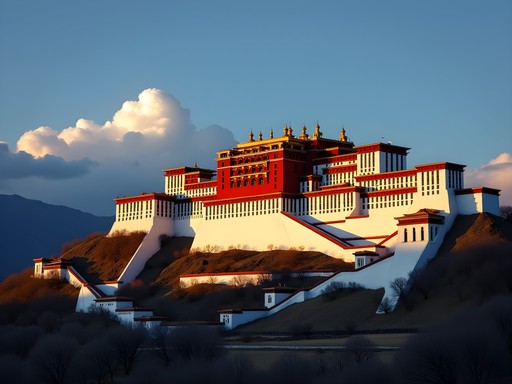
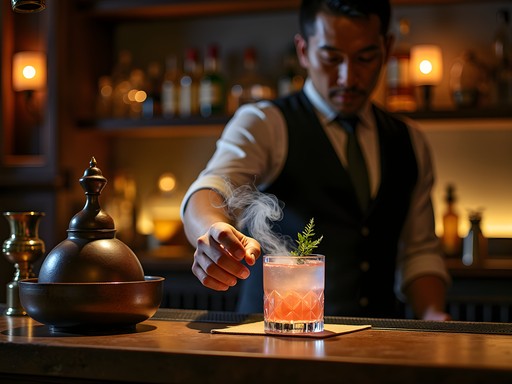
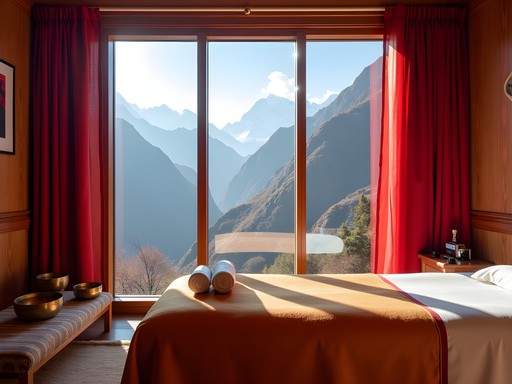




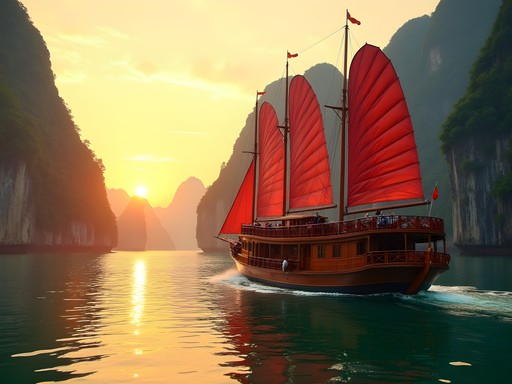


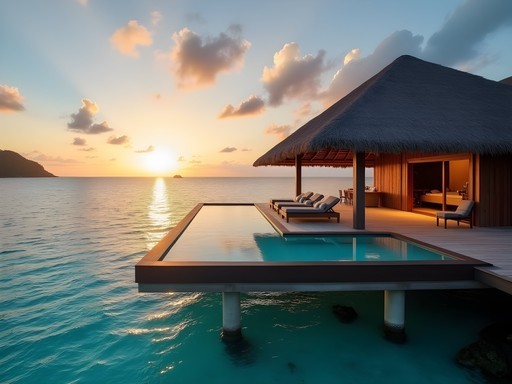
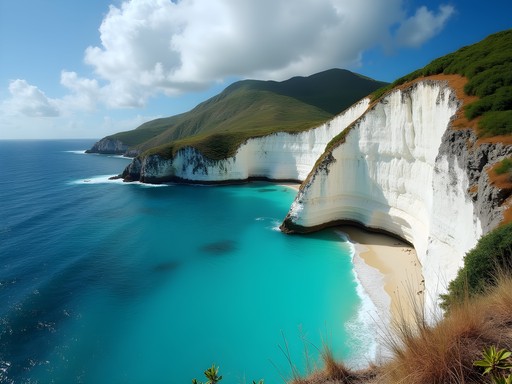
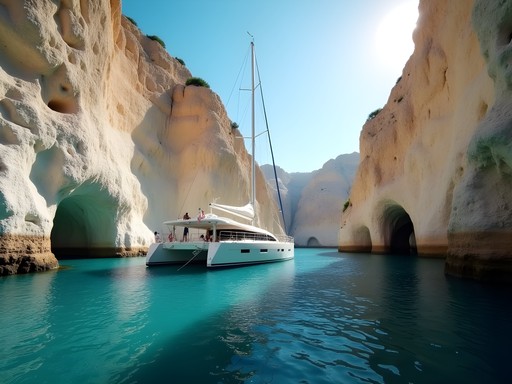
Comments
travelone
Just booked my trip to Lhasa after reading this! Any recommendations on what to pack that I might not think of? Those oxygen-enriched rooms sound amazing but want to be prepared.
Claire Hawkins
@travelone Lip balm and heavy moisturizer are absolute musts - the air is incredibly dry! Also, even in luxury hotels, the temperature fluctuates more than you'd expect. Pack layers and a good thermos for keeping tea hot during excursions. The local butter tea is an acquired taste but perfect for the climate!
oceanlife
Beautiful post! How long would you recommend staying in Lhasa to fully adjust to the altitude while enjoying these luxury experiences?
Pierre Watkins
I'd recommend minimum 5 days. First 2 days for acclimatization (take it very easy), then 3 days to enjoy the experiences. A week would be ideal if you can manage it!
Douglas Bradley
Pierre, your analysis of the 'Sacred Science of High-Altitude Fermentation' is spot on. During my cultural research trip to Tibet last year, I documented how the atmospheric pressure affects not just taste but the entire gastronomic experience. The luxury hotels have brilliantly incorporated this science into their menus. I particularly appreciated your mention of the speakeasy culture - most visitors miss this entirely! The unmarked bar behind that antique textile shop near Barkhor Street was my favorite discovery. Their altitude-adjusted cocktail program using local herbs was innovative beyond belief. I used my altitude monitor throughout the trip to track how elevation affected my body's response to these spirits - fascinating data points for anyone interested in the science of high-altitude consumption.
roamwalker
I never thought of Lhasa as a luxury destination! Always pictured it as more of a spiritual pilgrimage spot. This opens up a whole new perspective. Did you need special permits for Tibet? I heard that's complicated.
Pierre Watkins
Yes, you still need permits for Tibet. My travel agent handled everything, but the luxury hotels also offer permit assistance services. It's gotten easier in recent years!
beachmaster
How did you arrange the private access to Potala Palace? Is that something regular tourists can book?
Pierre Watkins
It was arranged through my hotel's concierge service. Most luxury hotels in Lhasa can set up private early morning or evening visits for a premium. Well worth it to avoid the crowds!
Claire Hawkins
Pierre, your parallel between surgical precision and high-altitude cooking is fascinating! I visited Lhasa last year with my family, and the altitude adjustment was our biggest challenge. We stayed at the St. Regis Lhasa, and their oxygen-enriched rooms were a lifesaver for my kids. The fermentation science you mentioned was evident in every meal—that slight tang in the bread and yogurt dishes was unlike anything we've tasted elsewhere. My 8-year-old still talks about the 'magic bread that grows differently in the sky.' Did you try the barley wine? That was our unexpected favorite discovery!
Pierre Watkins
Claire, so glad your family enjoyed Lhasa! Yes, the barley wine was exceptional - I brought two bottles home. Your son's description of the bread is perfect!
travelone
Claire, did your kids have any altitude sickness? Thinking of taking mine next year but worried about that.
Claire Hawkins
@travelone They did feel a bit dizzy the first day, but we took it really slow. The hotel had oxygen canisters and the kids thought they were astronauts using them! Just plan an easy first 48 hours and they'll be fine.
sunsetstar
Wow, Pierre! Your description of Lhasa as a luxury destination is eye-opening. Never thought of Tibet this way!
coffeewanderer
Your description of the altitude-adjusted luxury accommodations has me reconsidering my usual mid-range approach for Lhasa. I'm planning a trip for next year - would you say the oxygen-enriched rooms are worth the splurge? Or is it just marketing?
Fatima Sims
Not Pierre, but I can tell you those oxygen systems are absolutely worth it! I stayed in both luxury and mid-range in Lhasa, and the difference in sleep quality and morning energy was remarkable. If it fits your budget, definitely splurge for at least the first 3-4 nights.
vacationwalker
Just got back from Lhasa last month and this article is SPOT ON!!! The altitude is no joke - even in luxury accommodations I felt it for the first 2 days. But OMG the private tour of Potala Palace was WORTH EVERY PENNY!!! No crowds, and our guide knew EVERYTHING. We stayed at the same hotel Pierre mentioned (I think?) and the altitude-adjusted rooms actually work! The fermented barley wine is sooooo unique - nothing like it anywhere else. And yes to the speakeasy scene! We found this tiny unmarked door near Barkhor Street that led to the most amazing cocktail lounge with local ingredients. Totally agree that luxury here isn't about fancy stuff but about those once-in-a-lifetime experiences!!!!
moonmaster
Was the altitude adjustment really that noticeable in the hotel? Considering booking but wondering if it's worth the premium.
vacationwalker
100% worth it! My partner got terrible headaches in Cusco last year but was fine in Lhasa with these rooms. The oxygen system is subtle but effective!
beachphotographer
That high-altitude fermentation section was fascinating. I've been to 40+ countries but never considered how elevation affects food preparation. The private access to Potala Palace sounds worth every penny - those sunrise photos without crowds must be incredible. Did you find the luxury experience disconnected from the spiritual essence of Tibet or did it enhance it?
Pierre Watkins
Great question! I found that thoughtful luxury actually enhanced the spiritual experience. Having knowledgeable guides and quiet spaces for contemplation let me connect more deeply than fighting through crowds would have.
Venture X
Premium card with 2X miles, $300 travel credit, Priority Pass